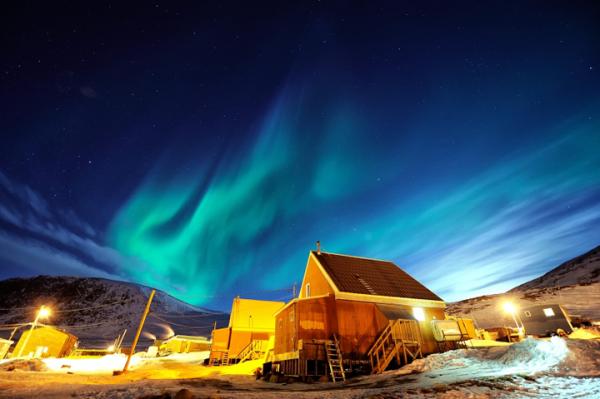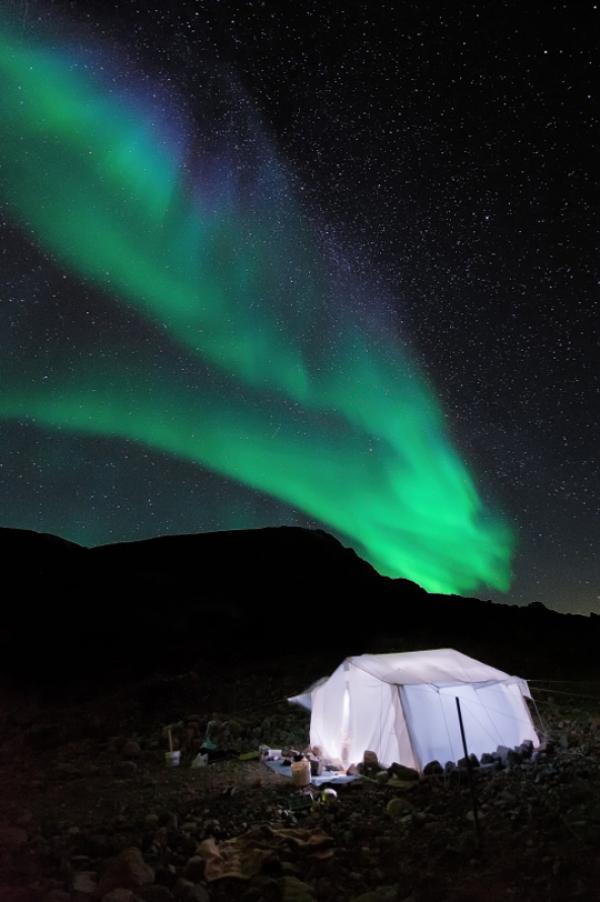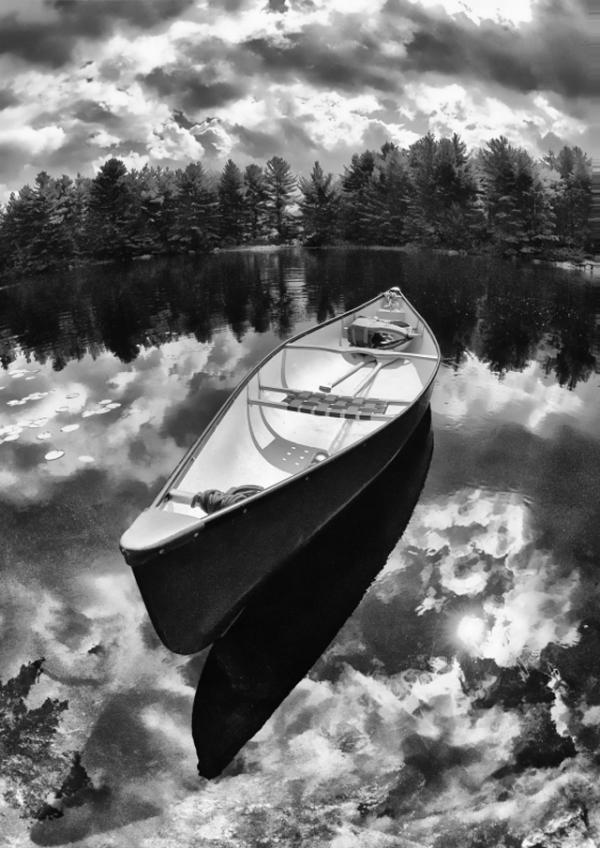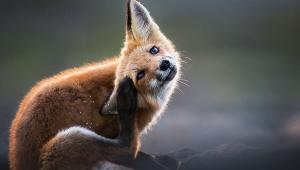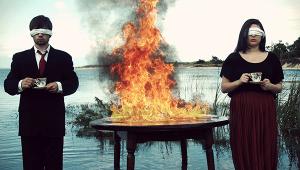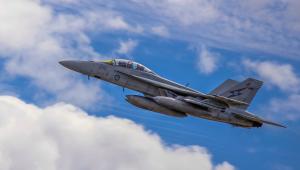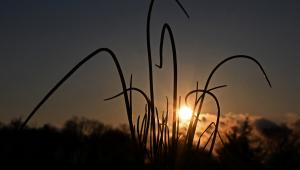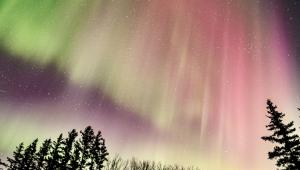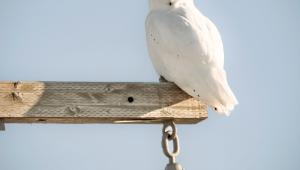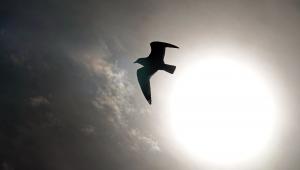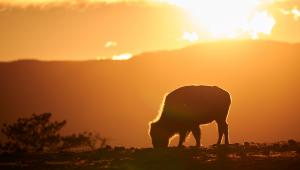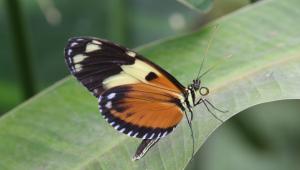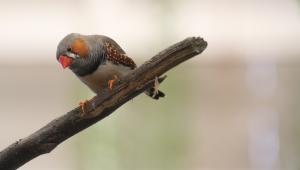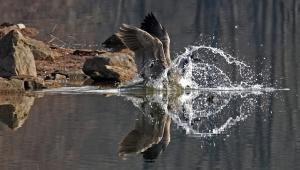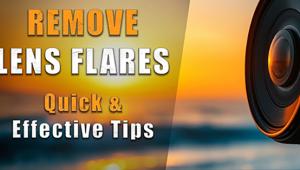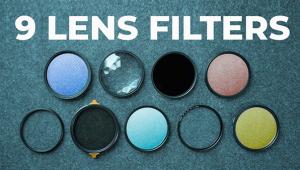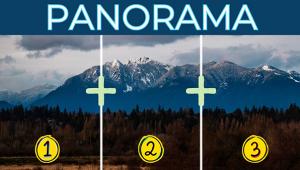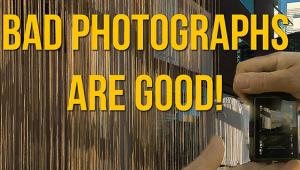Sub Zero: Photographer Michael H. Davies Captures the Beauty of the Arctic Circle
There's a pretty good chance you know the work of photographer Michael H. Davies but perhaps not his name or his background. The image of his you've likely seen has become one of the more famous shots of this winter: a photo of someone tossing tea over their head in sub zero temperatures near the Arctic Circle, the tea becoming a frozen cascade in the sky. The image, which you can see below, went viral and has been viewed by over 600 million people (and counting).
But there's more to Davies than one viral photo. He was born in Pontypool, Ontario, Canada and was a student of the visual arts at the Sir Sanford Felming School of Fine Arts. His education included many forms of art including pen and ink illustration, painting, carving, photography and even glassblowing.
Davies has been working as a professional artist for 15 years and his work can be found in many private collections. He currently lives and works in Pangnigtug, Nunavut, Canada, just 20 km south of the Arctic Circle. We recently caught up with him to find out about that famous frozen tea photo and to learn more about his other stellar work.

Shutterbug: So tell us how this famous photo came about.
Davies: This picture came to be quite simply, from an idea. I am constantly looking at other photographs—from pro to amateur—they all have worth. Every photo I see I try to discover how it was created and if I think it holds merit I’ll try and reproduce it better than the original image. In the case of "Tossing Tea on the Tundra" it came from a combination of images: firstly watching someone throwing hot water in the air and seeing it turn to a vapor, secondly from a image of steel wool lit on fire at night and spun around throwing sparks—I have a an image of my attempt in my Flickr stream—and lastly the iconic wet hair flip that you see in every popular fashion magazine.

Shutterbug: Please give us some background on your career. When did you get started in fine art photography?
Davies: I have been interested in photography since my early years in high school. I did a project on Henri Cartier-Bresson and from there I was hooked. I really begin to focus on fine art photography as my chosen medium years later. Once I moved to the Arctic I purchased a camera to photograph the landscapes to create paintings from. But soon realized that living in the remote fly-in community of Pangnirtung, Nunavut, created issues with sending my finished work out to be sold. Mail here is unreliable and can be very expensive. I then moved from paint to photography because I could email the finished piece much easier and reach more people.
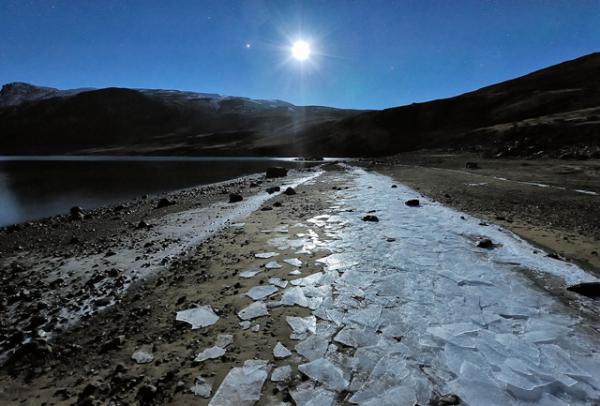
Shutterbug: Why did you choose to live and work so close to the Arctic Circle?
Davies: The reason why I chose the Arctic Circle has a few answers. The first would be that my wife is a teacher and there are limited jobs available for a teacher in Ontario (where we both originate from) so she started to search in the north where we heard there were teaching positions. That being said, the other reason was for the adventure of it. The idea of living amongst the Inuit people of Canada on the frozen ocean, settled in a mountainous fjord, sounds quite magical if you ask me. Ten years later and I'm still in awe of the place that I call home. Pangnirtung has a reputation of being the Switzerland of the North. It really does not disappoint with its mountain scapes.

Shutterbug: The rugged landscape, dangerous animals and freezing temperatures can make photography very difficult. How do you deal with the cold and the dangers?
Davies: Difficult? Sometimes impossible! The landscape can have many challenges from the ever-changing sea conditions, to blizzards that move in bringing wind in excess of 150km. Un-climbable jagged mountain peaks or some days it's just too cold. Now if you manage to get past the troubles with the landscape, animals are a large concern here. If I'm out shooting an image rest assured I always have a large caliber rifle or shotgun within close reach. This is something a photographer from Ontario would never have to be concerned with, but given the fact that I live smack in the middle of polar bear country. I always try to be prepared to deal with the threat of being eaten by one. A polar bear will smell a human and actively hunt us. We are the slowest food source in the arctic. I want to specify I'm not hunting polar bear and the last thing I want to do is kill one. In most cases a blast or two in the air is all it takes to send one running. Next time you visit the zoo, go see the bear exhibit. Pretend the glass and the barriers have been removed. Now imagine that the bear isn't fed everyday by a zookeeper and wants to have a full belly. Once you have done that, think of me with a camera in the middle of the night trying to photograph the northern lights in that bear’s territory.
Finally, dealing with the temperatures is really one of the last hurdles in Arctic photography. Clothing is the first hurdle. Dealing with so many bulky layers that are needed and every time I go out to shoot it takes at least 10 minutes to make sure I have all of the required layers for a sub-zero shoot. Then I make sure to have my gear in a good camera bag, I use a Lowepro DryZone, I make sure all the gear I plan to use is in the bag and it's sealed. In most cases it takes me quite a bit of time to make it to the location to which I plan on shooting. This gives the bag time to acclimatize the gear inside of it slowly. I'm trying to avoid condensation and thermal shock to the glass on the lens. Also I do the exact same thing when I come in. I remove my memory cards so I can begin processing and leave the bag sealed inside the house so the temperature can rise slowly. While out shooting you have to be careful that your fingers aren't exposed to the air for too long, and something as simple as looking through the viewfinder can be a task as the camera body can be super chilled and cause your skin to freeze once pressed against it.

Shutterbug: How do you capture the images? What gear do you use and do you enhance any of the shots with Photoshop?
Davies: What I call my everyday bag, that I take on almost all shoots, has a Nikon D700 body, a Nikkor 24-70mm f/2.8, a Nikkor 14-24mm f/2.8, a Nikkor 200-400mm f/4, a 1.7 teleconverter and various variable neutral density and polarizing filters. Packed into a Lowepro Dry Zone Rover bag. Kept sturdy on a carbon fiber Manfrotto tripod and head. I do my digital darkroom work on Nikon’s Capture NX2 as well as Photoshop. I believe that I want to reproduce the feeling I had when I created the image and want to portray that to the viewer. That's where the digital darkroom editing comes in.
Shutterbug: Have you ever had a close call while out in the wild on a photo shoot?
Davies: I have had quite a few close calls but one comes to mind that I think is worth telling. I was out about a two-hour snowmobile ride from town on top of a mountain ridge, that dropped off on either side 700m, to photograph an Arctic hare by myself. When I left, the sky was perfect and clear and the wind was calm—there was no warning of any storms. It was supposed to be a great day. I settled into a rock blind and began waiting to photograph the hare. After a while the wind picked up but I was too focused on the shoot and didn't really notice the severity until it was too late. I found myself in the middle of a blizzard with 100km winds, heavy snow, and zero visibility.
I made the decision to abandon my location and try and make it home. I believed once down from the ridge the storm would be much easier to contend with. I quickly found that it was impossible to navigate down driving the skidoo for fear of driving off the cliff to my death. The solution I came up with was simple and effective. I tied a rope that I had around my waist and the other to the front bumper of my ski-doo, walked out in front until the skidoo disappeared from sight (about 10 feet) then kicked a trail in the snow. I then drove on the trail I created. Three long hours later I was off the ridge below the storm and able to drive the rest of the 2-hour ride home with virtually perfect visibility. Sadly I didn't even get a good shot from that day and learned to keep one eye on the weather as it changes here very fast.
Shutterbug: What advice would you give others who want to try creating images in such an extreme environment?
Davies: The advice is short. Learn from others. Take advice from as many people as you can. Talk to locals, talk to experts, and talk with elders. These are the people that have the skills to deal with this environment and any advice they have to share whether it's about what clothes to wear or what to take as a snack can be very valuable.

Shutterbug: What projects you working on these days?
Davies: I do have a few things that I'm working on. A few you'll just have to wait and see. But one I can let you in on is the prospect of doing a series of ice climbing photos. Featuring frozen waterfalls, and icebergs that are frozen in the sea ice. That being said the only thing in the Arctic that you can count on is that nothing is a sure thing. So hopefully the plans work out.
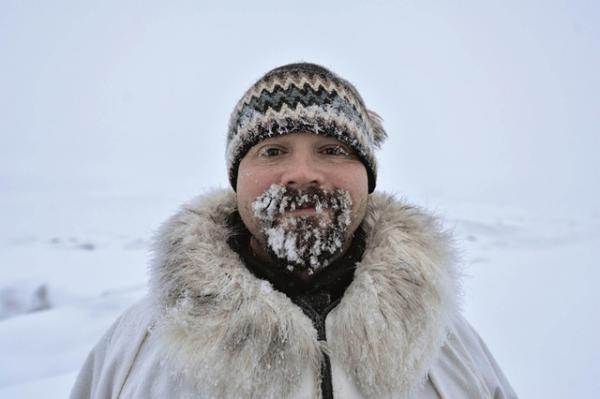

(Photos by Michael H. Davies)
- Log in or register to post comments
